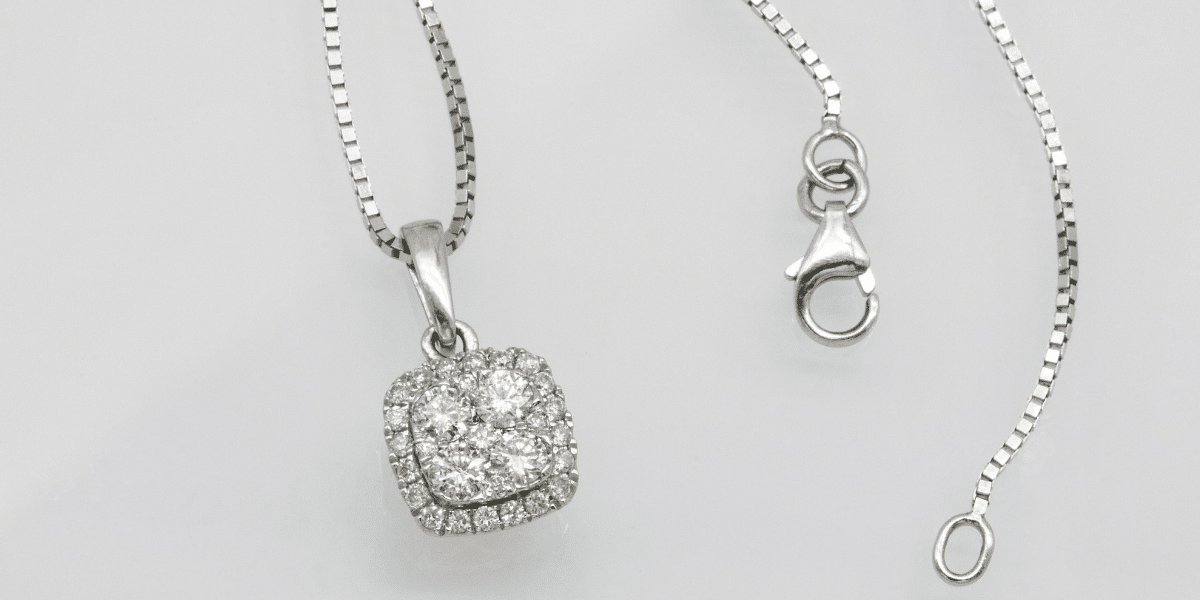In artistic expression, the journey from creation to audience engagement is often as important as the artwork itself. Printing for fine art is a pivotal bridge in this journey, allowing artists to translate their visions into tangible, high-quality prints.
Beyond merely reproducing artwork, fine art printing is a transformative tool that expands creative boundaries, enabling artists to explore new dimensions of their craft. In this article, we delve into the profound impact of fine art printing on the artistic process and how it empowers creators to push the limits of their creativity.
Unveiling the Medium
Fine art printing encompasses a diverse array of techniques and materials tailored to meet artists’ exacting standards. From giclée prints to traditional lithography, each method brings a unique character to the artistic tableau.
The choice of medium affects the visual aesthetics of the final print and influences the tactile experience for the viewer. By mastering these mediums, artists gain greater control over how their work is perceived, opening avenues for experimentation and innovation.
Additionally, advancements in digital printing technology have revolutionized the delicate art printing landscape, offering artists unprecedented flexibility and precision in translating their digital creations into physical form.
Preserving Authenticity
In an age inundated with digital imagery, the allure of physical prints is a testament to artistic authenticity. Fine art printing ensures faithful reproduction of original artworks and imbues them with a sense of permanence and prestige. Through meticulous attention to detail and the use of archival-grade materials, artists can preserve the integrity of their creations for generations to come.
This preservation of authenticity fosters a deeper connection between the artist, the artwork, and its audience, transcending the transient nature of digital media. Moreover, fine art printing allows for the creation of limited edition prints, enhancing the exclusivity and value of each piece while maintaining the integrity of the artist’s vision.
Enhancing Creative Expression
Fine art printing transcends replication by offering artists a canvas for creative reinterpretation. Through subtle adjustments in color balance or innovative printing techniques, artists can imbue their prints with newfound depth and dimensionality. The ability to iteratively refine and iterate upon their work fosters a dynamic dialogue between the artist and the medium, pushing the boundaries of traditional artistic conventions.
Moreover, fine art printing allows artists to experiment with alternative substrates and finishes, further enriching their prints’ tactile and visual experience. Through this process of exploration and experimentation, artists can discover new avenues of expression and unlock hidden dimensions of their creativity.
Expanding Access and Visibility
One of the most transformative aspects of fine art printing lies in its capacity to democratize access to art. By making high-quality prints more accessible and affordable, artists can reach a wider audience and engage with diverse communities. Moreover, the versatility of fine art printing enables artists to explore interdisciplinary collaborations and venture into new realms of creative expression.
From gallery exhibitions to online storefronts, fine art prints serve as ambassadors of artistic vision, transcending geographical and cultural boundaries. Additionally, the proliferation of online platforms and social media has facilitated the dissemination of fine art prints to audiences worldwide, further amplifying their reach and impact.
Fostering Collaboration and Innovation
Fine art printing fosters a collaborative ecosystem where artists, printers, and technologists converge to push the boundaries of innovation. By leveraging printing technology and materials advancements, artists can unleash their creativity with unparalleled precision and fidelity. Furthermore, collaborations between artists and printmakers often yield synergistic outcomes, where technical expertise merges seamlessly with artistic vision.
This cross-pollination of ideas and skills fuels a culture of continuous innovation, driving the evolution of fine art printing as a medium of boundless possibilities. Whether through integrating new materials, techniques, or software solutions, the collaborative spirit of fine art printing cultivates an environment ripe for experimentation and discovery.
Empowering Cultural Preservation and Revitalization
Beyond its role in contemporary artistic practice, fine art printing is crucial in preserving and revitalizing cultural heritage. By reproducing historical artworks and artifacts, fine art printing helps safeguard cultural treasures for future generations.
Moreover, it provides a platform for marginalized communities to reclaim and celebrate their cultural identity. Fine art printing catalyzes cultural exchange and understanding by disseminating diverse narratives and perspectives, fostering a more inclusive and interconnected global society.
Additionally, initiatives aimed at digitizing and preserving cultural heritage through fine art printing ensure that these invaluable artifacts are not lost to the ravages of time, enabling future generations to appreciate and learn from their rich cultural legacy.
Embracing Sustainable Practices
In an era of environmental consciousness, fine art printing embraces sustainable practices to minimize its ecological footprint. From eco-friendly inks to responsibly sourced materials, printers are increasingly adopting environmentally conscious approaches to production.
Moreover, the longevity of fine art prints ensures minimal waste and resource consumption over time, aligning with principles of sustainability and stewardship. By prioritizing environmental responsibility, fine art printing not only preserves the beauty of the natural world but also inspires greater awareness and appreciation for our planet’s finite resources.
Furthermore, initiatives such as carbon offsetting and waste reduction programs demonstrate the industry’s commitment to sustainability and environmental stewardship, ensuring that future generations can continue to enjoy the beauty and richness of fine art printing without compromising the health of our planet.
The Bottom Line
Fine art printing is a beacon of innovation and creativity in the ever-evolving landscape of artistic expression. From preserving the authenticity of original artworks to fostering cultural preservation and embracing sustainable practices, its impact reverberates across the entire spectrum of creative practice. By embracing the transformative power of fine art printing, artists can transcend the confines of traditional mediums and embark on a journey of limitless exploration.
As technology advances and new horizons emerge, the role of fine art printing in expanding creative boundaries will only grow in significance, inspiring generations of artists to redefine the possibilities of visual storytelling. Whether through collaboration, innovation, or cultural preservation, fine art printing continues to push the boundaries of artistic expression, enriching our lives and inspiring future generations to embrace the beauty and power of the printed image.
Published by: Nelly Chavez










